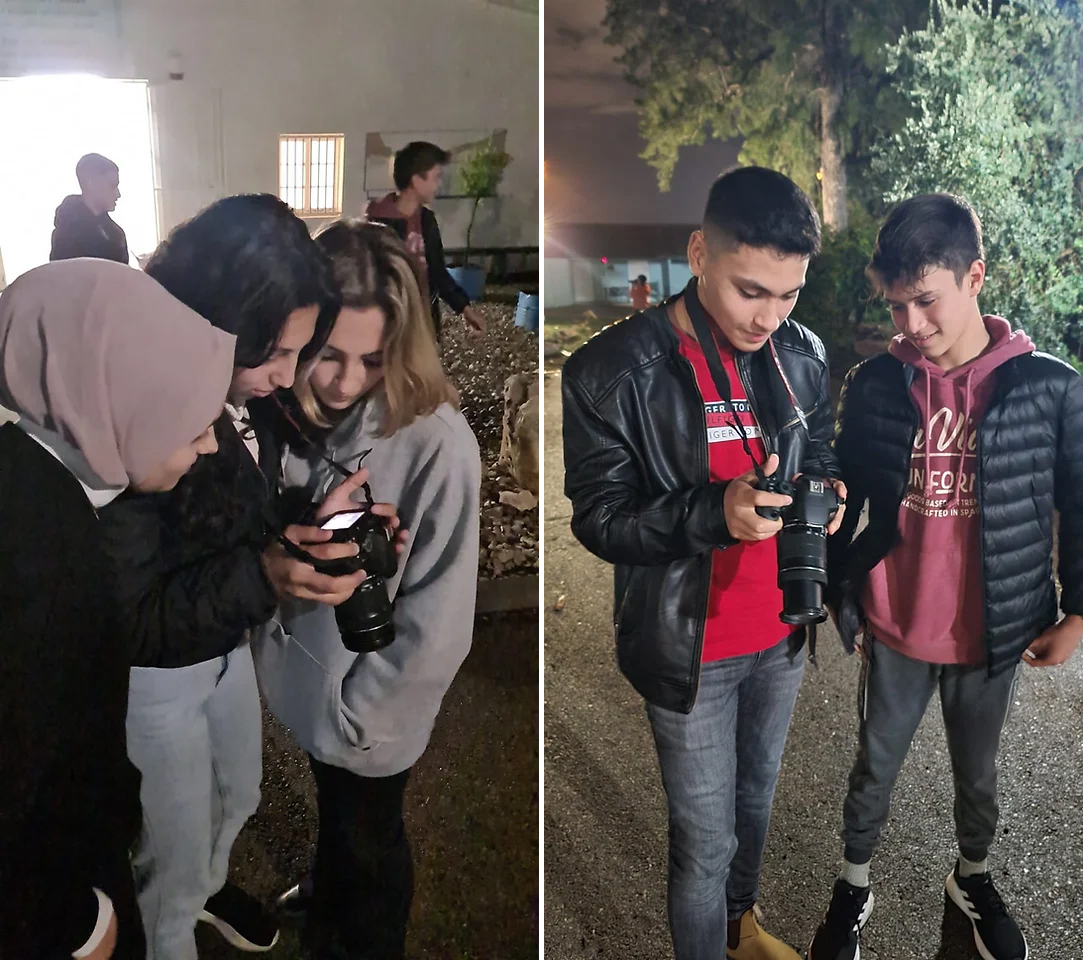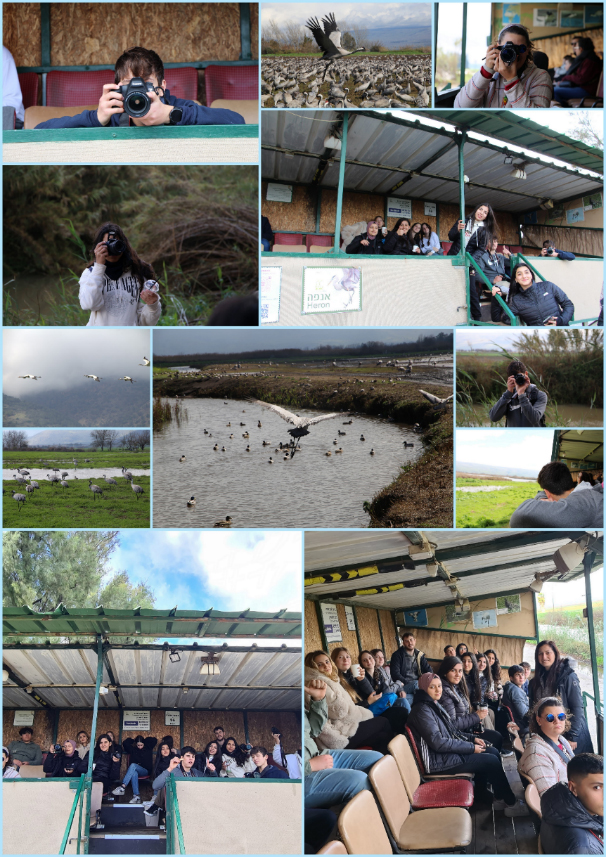
Through Other's Eyes
There is a growing social divide between Israel’s Jewish and Arab communities. Relations between these divided peoples have been marked by mutual distrust, lack of communication, and racism on both sides. The majority of Jews and Arabs live in separate communities and segregated educational systems. This deep divide is one of the greatest threats to Israel’s democracy and stability. To live in peace, the youth of today must interact and understand one another.

Program Overview
Through Others' Eyes (TOE) is a dialogue and community-building project that brings 9 Arab and 9 Jewish teenagers together. The teenagers learn photography skills and learn about each other as they explore questions of identity, nationality, religion, and community.
TOE addresses the growing need for open channels of communication between Israeli Arab and Jewish youth who rarely, if ever, actually meet one another. The program uses photography to bring about better cultural understanding and respect through lessons, dialogue sessions, study tours, overnight seminars, and the production of a group photography exhibit.
Goals and Objectives
Through Others’ Eyes intends to fundamentally change the way the participants relate to the conflict, to each other, and to their own ability to make a difference. It does not try to solve the Arab-Israeli conflict or dim participants’ ethnic or religious pride. The project allows participants to learn about each other and achieve a greater degree of understanding and openness. This allows them to build trust, tolerance, and respect while breaking down harmful stereotypes about one another. TOE aims to empower participants, both as individuals and as group members, encouraging them to work together to define and achieve common goals.
Digital Photography Classes
The students meet for 20 three-hour sessions led by one photography teacher and one dialogue facilitator. In addition to shooting with a digital camera, the participants use the computer and overhead projector to examine, learn from, and critique their photographs. Each lesson is accompanied by an exercise in which participants explore personal and group identity through the use of the camera.
Parent Meetings (2)
Over the years, the project has grown to include the participants’ parents and families. Initially, the parents gathered only for an introductory meeting. However, because of the parents demonstrated support and interest in dialogue sessions, we added another parent meeting that consisted of a facilitated dialogue session and a summary of the project.
 |
Home and Community Visits (2)
The students host one another in their families’ homes during the project. Two visits take place throughout the year. During this time, the participants have the opportunity to meet each other's families and become better acquainted with one another's culture. Using the skills acquired in the program, participants then photograph the families and communities. This unique opportunity allows the students to become closer to their hosts and more familiar with another’s culture.
Two-day Seminars (2)
During the program, the students participate as a group in two two-day seminars, giving them the opportunity to get to know each other more deeply and to bond as a group. One seminar takes place before the home visits, and the second before Independence Day. During these seminars, participants take part in dialogue and in social activities that give them an opportunity to express their thoughts, opinions, hopes, and fears in a safe, respectful atmosphere with experienced facilitators.
Study Tours
The Green Line that separates Israel from the Palestinian Territories is one of the most visually graphic and tangible ways to perceive the effects of the larger Israeli-Palestinian conflict on the participant’s region. Givat Haviva’s tour of the Green Line in the immediate area gives the students the opportunity to view these effects while learning techniques for outdoor and scenic photography. This tour gives them a perspective on the complexities of their home region that helps inform their own understanding of the conflict.
The participants will also visit a national gallery where they will be exposed to works by established photographers. They will meet with the curator, who can provide insights into the exhibit. This serves as a source of inspiration that will enrich their artistic and substantive views, and then gain expression in their work as they process these experiences.
Photography Exhibit
Midway through the program, the students and instructors choose a theme for the final exhibition, which directs their photography for the year. At the end of the year, the students choose the photographs which they will display at the Peace Gallery at the Givat Haviva Arts Center. The project consultant, teacher, and the participants themselves curate the exhibit.